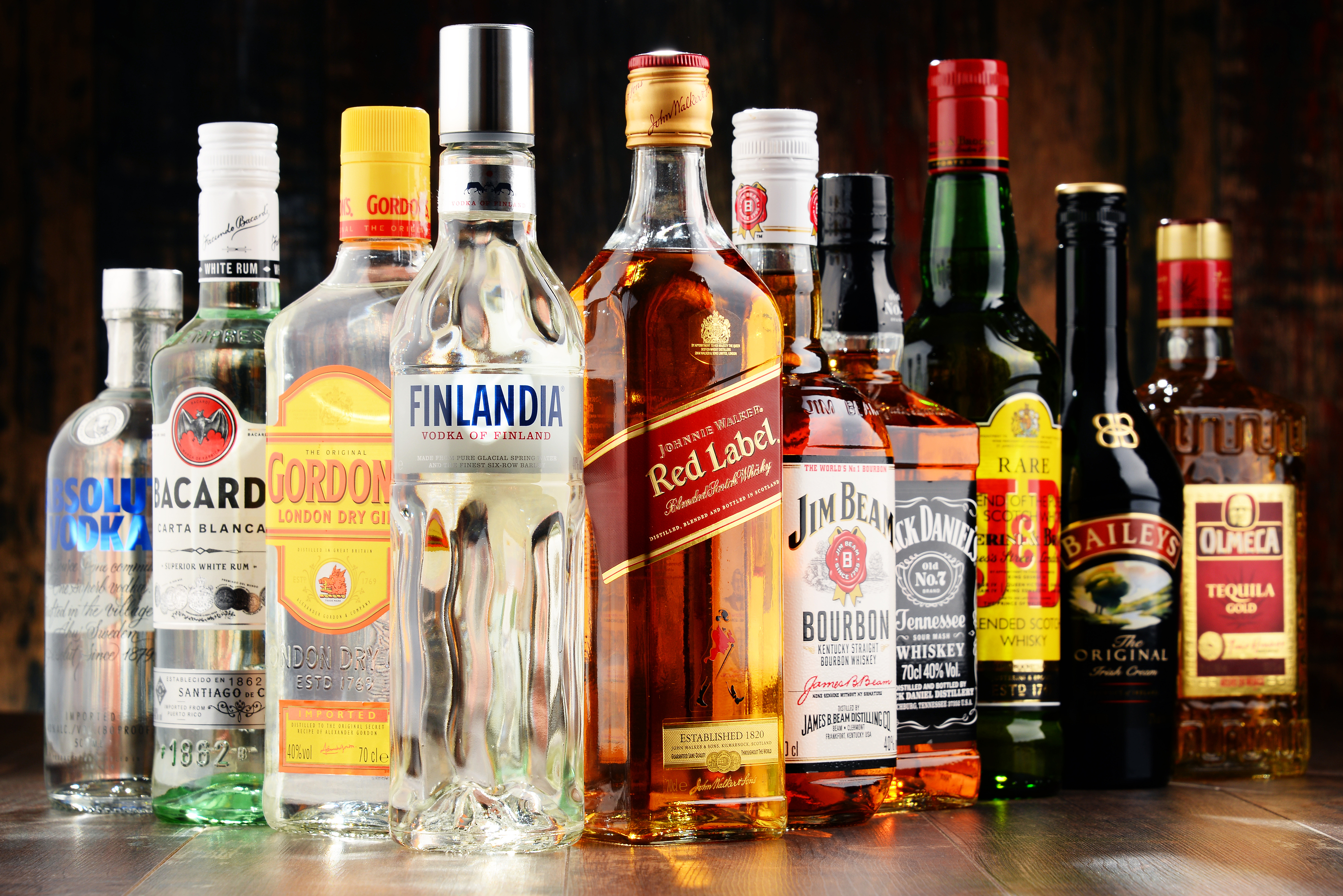What is Liquor?
Liquor is a term that often comes up when discussing alcoholic beverages, but what exactly does it mean? Many people use the word interchangeably with spirits, but there’s more to it. Liquor is a broad category encompassing various distilled alcoholic drinks, each with its own unique characteristics and production methods. Let’s explore what liquor is, how it’s made, and why it’s such an essential part of the drinking culture.
Defining Liquor
Liquor, also known as spirits, refers to distilled alcoholic beverages that have a higher alcohol content than beer or wine. The term “liquor” is used to describe drinks that are created through the process of distillation. This process involves heating a fermented liquid to separate the alcohol from the water and other components, resulting in a more concentrated form of alcohol.
Common types of liquor include vodka, whiskey, rum, tequila, gin, and brandy. These spirits vary in flavor, alcohol content, and how they’re consumed. What they all share, however, is the distillation process, which sets them apart from other alcoholic beverages.
The Distillation Process
The production of liquor begins with fermentation, where sugars in the base ingredients (such as grains, fruits, or sugarcane) are converted into alcohol by yeast. Once fermentation is complete, the liquid undergoes distillation. Distillation involves heating the fermented liquid in a still, which causes the alcohol to evaporate due to its lower boiling point compared to water.
As the alcohol vapor rises, it’s collected and condensed back into liquid form. This process increases the alcohol content and removes impurities, resulting in a purer, more potent drink. The number of distillations can vary, with some liquors being distilled multiple times to achieve a desired level of purity and flavor.
Types of Liquor
Liquor comes in many forms, each with its own distinct characteristics and uses. Here’s a brief overview of the most common types:
- Vodka: Known for its neutral flavor, vodka is made from grains or potatoes. It’s a versatile spirit, often used in cocktails.
- Whiskey: Made from fermented grain mash, whiskey is aged in wooden barrels, giving it a rich, complex flavor. Varieties include bourbon, Scotch, and rye.
- Rum: Distilled from sugarcane or molasses, rum is often associated with tropical drinks. It ranges from light to dark, with darker rums being aged longer.
- Tequila: A spirit made from the blue agave plant, tequila is primarily produced in Mexico. It’s the base for popular drinks like the margarita.
- Gin: Flavored with botanicals, particularly juniper berries, gin is known for its distinct herbal taste. It’s a key ingredient in classic cocktails like the gin and tonic.
- Brandy: Distilled from wine or fermented fruit juice, brandy is often enjoyed as a digestif. Cognac is a well-known type of brandy.
Each type of liquor has its own history, production methods, and cultural significance. Understanding these differences enhances the appreciation of each spirit.
The Alcohol Content of Liquor
One of the defining features of liquor is its higher alcohol content, typically ranging from 35% to 50% Alcohol by Volume (ABV). This higher concentration is what makes liquor distinct from beer or wine, which generally have much lower ABV levels. The strength of liquor means it’s often consumed in smaller quantities, either neat, on the rocks, or as part of a cocktail.
The high alcohol content also means that liquor can be more potent, requiring careful consumption. Knowing the ABV of the liquor you’re drinking helps manage intake and enjoy it responsibly.
Liquor in Cocktails
Liquor is the foundation of many classic cocktails. Whether it’s a martini, an old-fashioned, or a mojito, the spirit you choose will greatly influence the drink’s flavor and character. Bartenders often select specific types of liquor based on the desired taste profile, pairing them with complementary ingredients like fruit juices, bitters, or syrups.
Cocktails allow for creativity, making liquor a versatile component in mixology. From simple drinks with just two ingredients to elaborate concoctions with multiple layers of flavor, liquor’s adaptability is unmatched.
The Cultural Significance of Liquor
Liquor has played a significant role in cultures around the world for centuries. From toasts at celebrations to its use in religious rituals, liquor is more than just a drink. It’s a symbol of social connection, tradition, and sometimes even status. Each culture has its own customs and rituals surrounding liquor, whether it’s the art of making sake in Japan or the tradition of sipping whiskey in Scotland.
Understanding the cultural context of liquor enhances the appreciation of the drink itself. It’s a way to connect with history and the traditions that have shaped the world of spirits.
A Deeper Appreciation
Liquor is more than just a strong drink. It’s a product of craftsmanship, tradition, and culture. Whether you’re enjoying a simple glass of whiskey or mixing up a complex cocktail, understanding what liquor is and how it’s made adds depth to the experience. So, the next time you pour yourself a drink, take a moment to appreciate the journey that liquid has taken—from fermentation to distillation, and finally, to your glass. Cheers!


